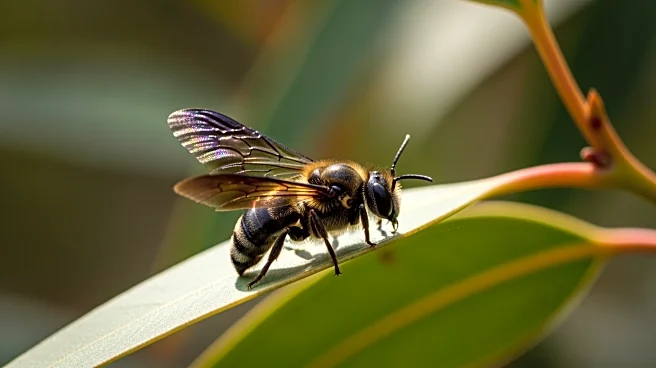What's Happening?
A recent study published in Scientific Reports has analyzed the ability of various bird species to mimic the sounds of R2-D2, the iconic droid from Star Wars. Researchers focused on nine species of parrots
and European Starlings, examining how accurately they could replicate the droid's complex sounds. The study found that starlings, a type of songbird, were particularly adept at producing 'multiphonic' noises, allowing them to mimic R2-D2's chirps more accurately than parrots and budgies, which produce 'monophonic' sounds. The differences in vocal abilities are attributed to variations in the birds' syrinx, a unique vocal organ.
Why It's Important?
This research provides valuable insights into the evolution of avian vocalization and the physical adaptations that enable complex sound production. Understanding these mechanisms can enhance our knowledge of animal communication and the evolutionary pressures that shape it. The study also highlights the potential for using birds as models to study sound imitation and learning, which could have broader implications for fields such as bioacoustics and evolutionary biology. Additionally, the findings may inspire further research into the cognitive abilities of birds and their capacity for vocal learning.
What's Next?
Researchers may continue to explore the capabilities of different bird species in mimicking a variety of sounds, potentially expanding the study to include more species and sound types. Collaborative efforts with the public could lead to more controlled trials and a wider sample of bird vocalizations. This ongoing research could contribute to a deeper understanding of the evolutionary and ecological factors influencing vocal learning in birds, as well as its parallels in other species, including humans.











